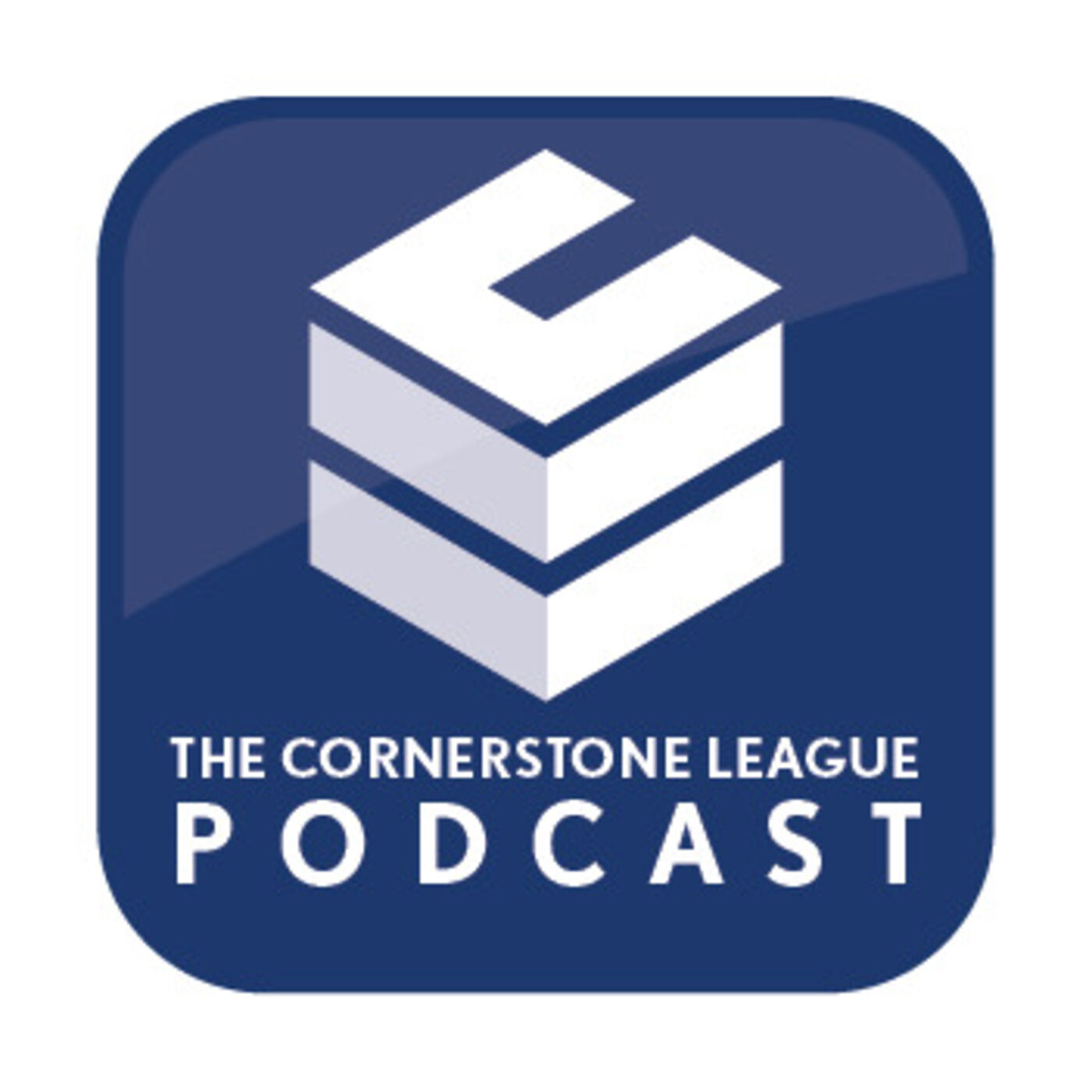
Reinvestment risk: Welcome back, we didn’t miss you
By John Kirby, investment officer, Catalyst Corporate Federal Credit Union
“Why would I invest in a bond at 2%, when I can make more in my cash position?”
Anonymous Credit Union portfolio manager
This is the paraphrased feedback we’ve received lately from a lot of credit union investors. Intuitively, it makes sense. A typical rule of thumb for fixed income investors is to get as much yield as possible in as short a term as possible. This rule has applied since the end of the Great Recession in 2009.
My, how the times have changed…
It’s no secret the American economy is still strong but slowing down. Leading economic indicators for a downturn are piling up week by week. The Federal Reserve has added the goal of sustaining the longest economic expansion in history to its dual mandate of stable prices and low unemployment. As of now, the market has priced in three interest rate cuts by the end of the year, but how drastic the Fed’s actual easing will be remains to be seen.
Which brings me to the point: you may be earning more in cash right now, but how long will that last with an inverted yield curve and prospective rate cuts? From a balance sheet management perspective, does it make sense to lose some yield in the short term to lock in current rates for a few years while rates are dropping?
For investors at all levels, that means reinvestment risk is back. A quick recap: Reinvestment risk is the probability that an investor will be unable to reinvest cash flows at a rate comparable to the investment’s current yield.
Issuers of agency callables know this and are fond of posting what I call “yield bait” to lure in prospective buyers seeking yield above all else. But buyer beware, as the old adage goes, “there’s no such thing as a free lunch.”
The easiest ways to mitigate prepayment risk are to adjust your time horizon (more duration) and reduce optionality as much as your balance sheet will allow. In lengthening the time horizon, you’re effectively choosing maturities/average lives that are beyond the expected end of the downturn, so you can reinvest when rates are hopefully back on the uptick.
Reducing optionality is another story. Callable agency bonds priced at a discount have been popular bullet alternatives for years, because they’re not likely to get called while rates are increasing, and they offer attractive yields compared to bullets. If rates drop over the next 2-3 years, with limited exceptions, anything with a call date in that time frame will likely get called back by the issuer.
If you’re interested in maintaining a debenture strategy, consider using bullet alternatives, like Freddie Ks or DUS bonds, to get more yield and reduced optionality. The defeasance and yield maintenance features of these products will protect your bond from being called early.
In mortgage-backed security (MBS) products, prepayment risk is an additional concern, as homeowners are likely to refinance as mortgage rates drop. Pass-through structures with high coupons (> 3.5%) will likely be hit the hardest, as big chunks of underlying loans are paid off. Consider Sequential and PAC CMOs as an alternative to stabilize prepayment speeds. Be sure to note how the bond will perform in down 100 rate cases and under a variety of prepayment speeds. It is possible to hit negative spreads, so buyer beware on high premiums.
If you want to stick with MBS pools, look for low coupons, discounts, if possible, high loan counts and small outstanding loan sizes. These collateral features will allow the bond to perform more steadily in changing rate environments.
In conclusion, the projections for the United States’ immediate economic future are not concrete, nor unanimous. All we can do is make the best decision with the information at hand. So like any good Boy Scout or Girl Scout, the best we can do is be prepared. Knowing how to effectively manage your credit union’s investment portfolio through an economic slowdown can help maintain long-term profitability.
Subscribe
Sign up to the receive the weekly Leaguer email. Existing subscribers can manage their subscription.

